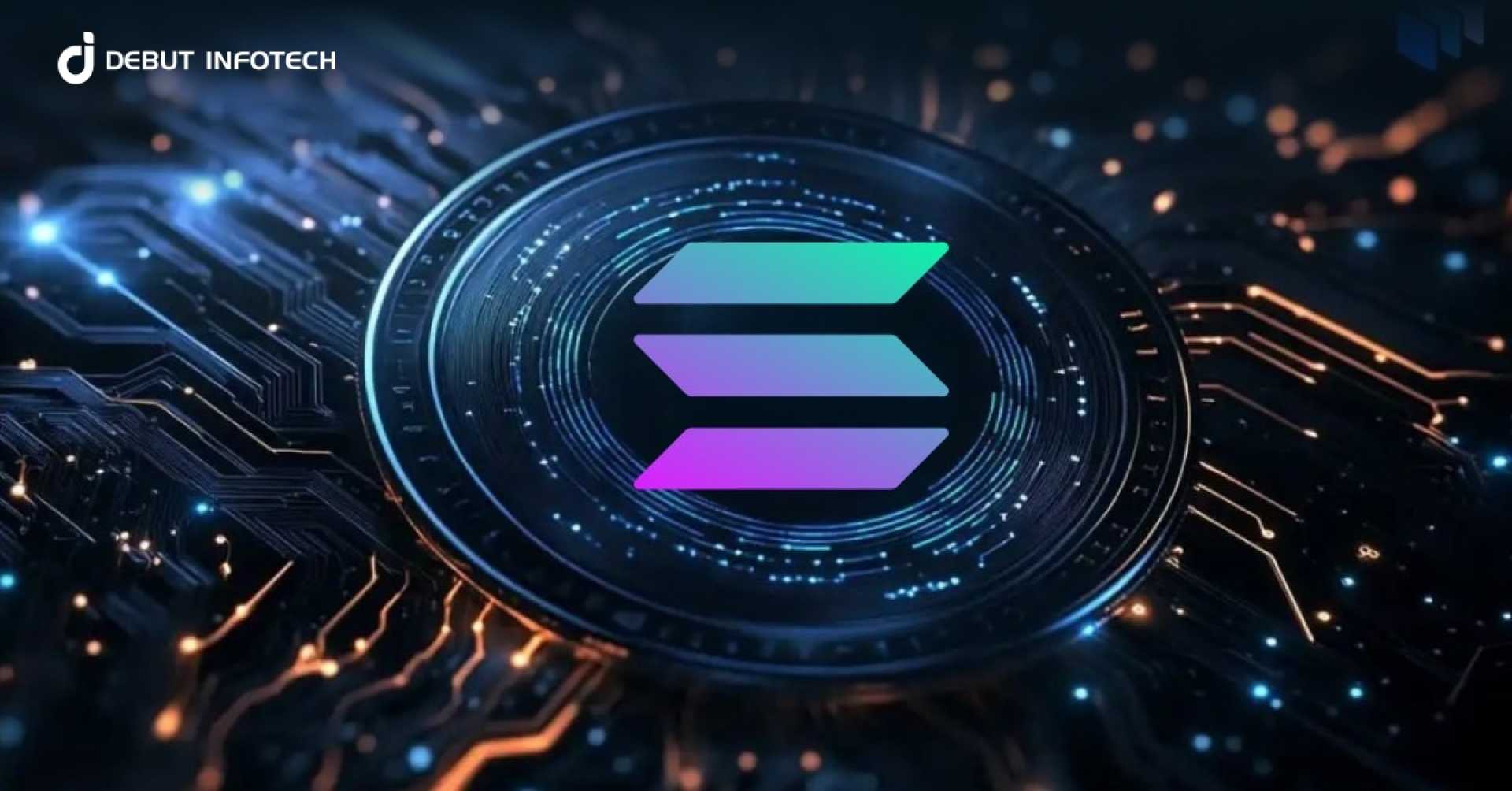Tech
Solana’s Rise: Innovating Blockchain for Speed and Scalability

San Francisco, CA — In 2017, Anatoly Yakovenko, co-founder of Solana, embarked on an ambitious project to solve the scalability issues plaguing blockchain technology. His mission: to create a decentralized network capable of processing transactions rapidly enough for mainstream adoption.
The problems in existing systems were glaring. Ethereum was suffering from congestion, Bitcoin’s rigid structure limited complex applications, and alternative blockchains had yet to present significant solutions. After nearly a decade of development, blockchain technology faced a critical bottleneck: its inability to scale effectively.
Yakovenko, a seasoned engineer from Qualcomm, turned his focus to Web3, inspired by its potential to revolutionize decentralized finance and reshape the internet. “There was a clear need for a faster, more efficient blockchain model,” he said. “I felt that I could tackle this problem head-on.”
A fundamental issue with traditional blockchains was their lack of a built-in clock, causing each node in the network to validate transactions sequentially, leading to sluggish performance. To overcome this, Yakovenko developed a breakthrough called proof-of-history (PoH). This method timestamps transactions before they enter a block, establishing a verifiable sequence and allowing for simultaneous processing.
In 2018, Yakovenko teamed up with fellow Qualcomm engineer Greg Fitzgerald and entrepreneur Raj Gokal to establish Solana Labs, named after the California beach town where Yakovenko enjoyed surfing. Through several rounds of private fundraising, the startup raised approximately $20 million from venture capitalists and early crypto investors.
The team succeeded in building a prototype network and demonstrated PoH’s potential with remarkable benchmarks that proved over 50,000 transactions per second, far surpassing the capabilities of Ethereum and Bitcoin. Solana launched its mainnet beta in March 2020, just as the COVID-19 pandemic began to disrupt global markets.
Despite the challenging environment, Solana quickly attracted developers and investors seeking its promise of high-speed, low-cost transactions. “We positioned Solana as a platform for decentralized finance and gaming, catering to projects that were limited by Ethereum’s high fees and slow speeds,” Yakovenko explained.
In June 2021, Solana Labs secured $314 million in funding led by Andreessen Horowitz and Polychain Capital. “This funding allowed us to scale our operations and foster innovation within our ecosystem,” Fitzgerald noted. As a result, Solana became home to several high-profile projects such as Serum, Raydium, and Mango Markets.
By the end of 2021, Solana’s market price soared to $260, a drastic increase from $0.50 just 18 months prior. This exponential growth solidified its position as one of the top five cryptocurrencies by market cap, with investor confidence surging. “The momentum felt unstoppable,” said Gokal.
Despite its rapid rise, Solana faced unforeseen challenges that would test the network’s stability. As the crypto landscape evolved, maintaining performance amid increasing competition and complexity became a priority for Yakovenko and his team.
The next segment will explore the setbacks that challenged Solana, particularly the fallout from crises affecting major players in the crypto space, and the consequent implications for Solana’s future.












